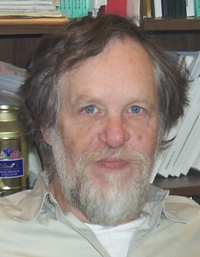The Arctic is generally considered a very quiet ocean. The sea ice impedes the generation and damps both surface and internal waves - and mixing rates in the water column are consequently generally very small. When we start looking at specific events in more detail, however, we found that when there is no ice the Arctic Ocean is actually a pretty active ocean. Storms generate intense of inertial motions throughout the water column. These motions affect the stratification and the vertical distribution of properties in the water column. We believe that this is a key factor in understanding the present structure and dynamics of the Arctic Ocean - most of the mixing probably happens during the summer on the ice-free shelves. Furthermore, as the sea-ice cover continue to decrease during the summer, wind-driven mixing occurring over the deep basins can have profound consequences for the physical environment, as well as the whole biological and geochemical Arctic system.
Project Location
Journal Publications
Rainville, L., C.M. Lee, and R.A. Woodgate (2011), "Impact of wind-driven mixing in the Arctic Ocean", Oceanography 24(3).
"Arctic Ocean Awakening As Ice Melts" by Larry O'Hanlon, Discovery News: Earth News, January 5, 2010.
Dates
-Members
Principal Investigator
Principal Investigator

Principal Investigator

Co-Principal Investigator

Co-Principal Investigator

Co-Principal Investigator

